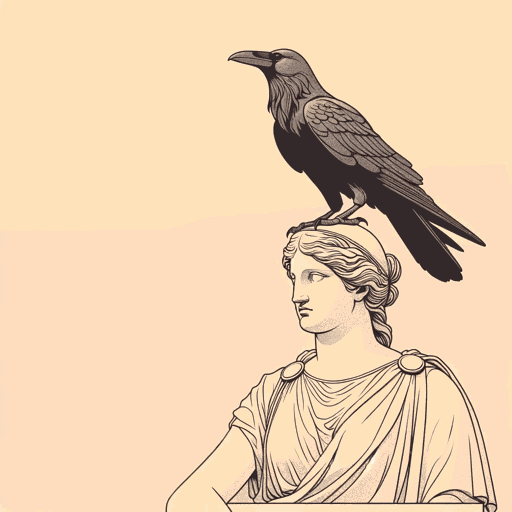37 pages • 1 hour read
Edgar Allan PoeThe Raven
Fiction | Poem | Adult | Published in 1845A modern alternative to SparkNotes and CliffsNotes, SuperSummary offers high-quality Study Guides with detailed chapter summaries and analysis of major themes, characters, and more. For select classroom titles, we also provide Teaching Guides with discussion and quiz questions to prompt student engagement.
Poem Analysis
Analysis: “The Raven”
There are two major avenues for interpreting “The Raven.” The first reads the poem as wholly literal: a raven appears in (or is summoned to) the chamber of a grieving man. The raven may be a supernatural being; ravens have historically been seen as birds of ill omen in various cultures, and in western culture are often linked with the Devil. In his grief the speaker is reading books of “forgotten lore.” Could they be related to witchcraft or magic? Perhaps he is trying to mitigate his sadness by reading spells to summon the dead. Perhaps he has succeeded; we never learn who first knocked “gently […] faintly” at the chamber door. Poe keeps the reader on tenterhooks about the supernatural possibilities in stanza 5 with the spoken word “Lenore,” which ends the line. Until the next line’s phrase “This I whispered,” we aren’t sure who has spoken: the speaker, or someone else.
It is also possible to read the poem literally and to understand the raven as merely an animal rather than a supernatural presence. Even the most fantastical elements of the raven’s arrival—that it knocks on the window, that it enters the room and refuses to leave—would not have been too outlandish to the nineteenth-century reader, who would have been familiar enough with animals trying to escape the winter cold.
Related Titles
By Edgar Allan Poe
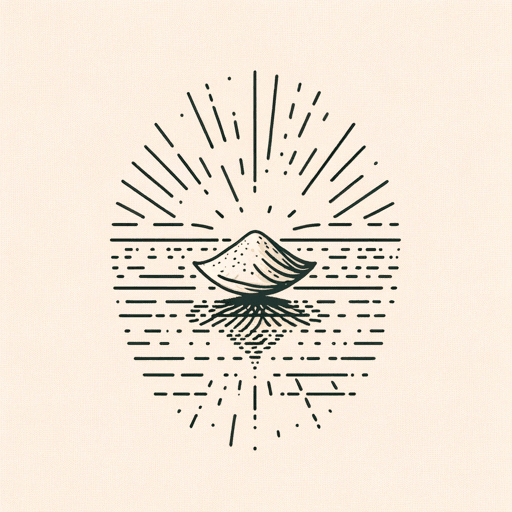
A Dream Within a Dream
Edgar Allan Poe
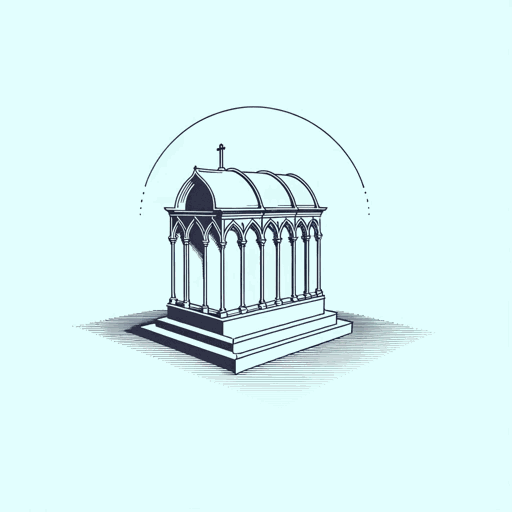
Annabel Lee
Edgar Allan Poe
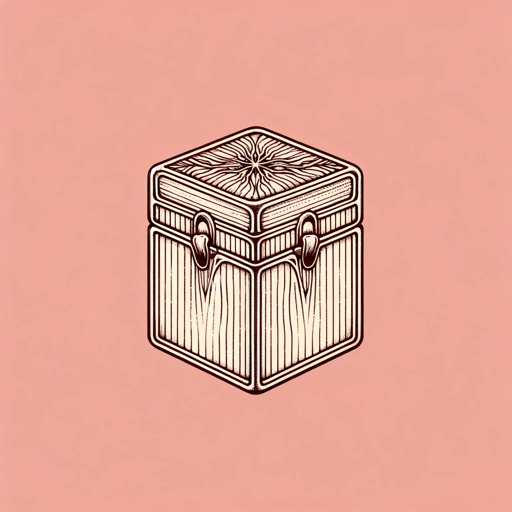
Berenice
Edgar Allan Poe
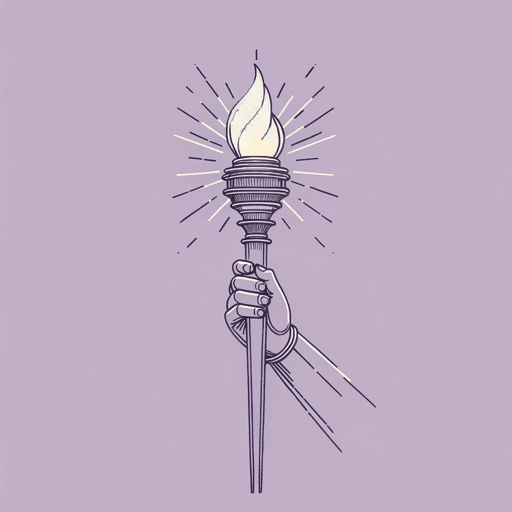
Hop-Frog
Edgar Allan Poe
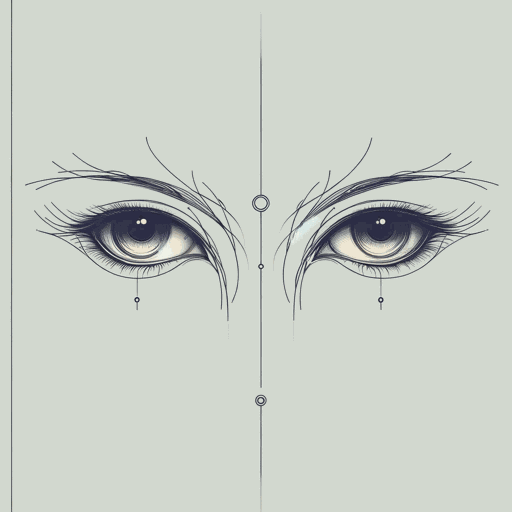
Ligeia
Edgar Allan Poe
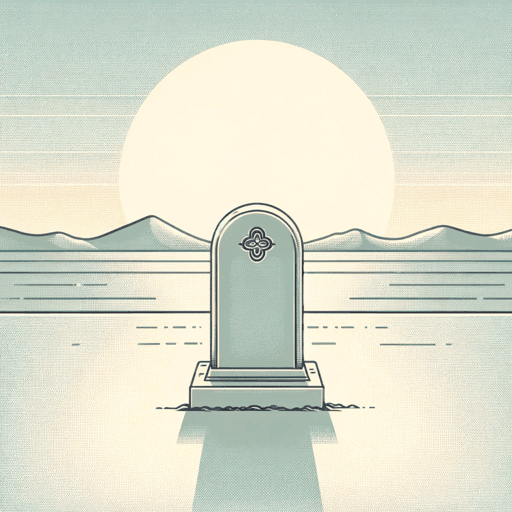
Tamerlane
Edgar Allan Poe
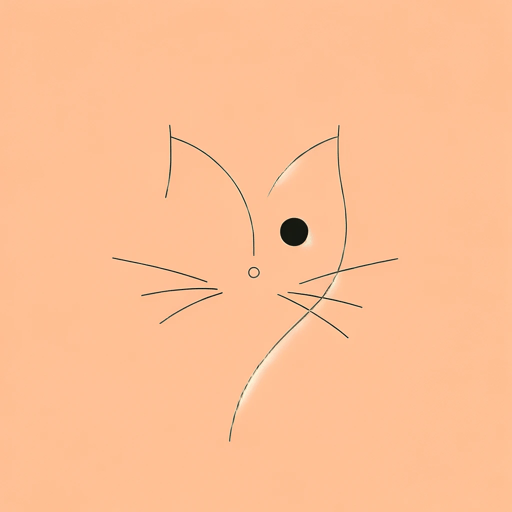
The Black Cat
Edgar Allan Poe
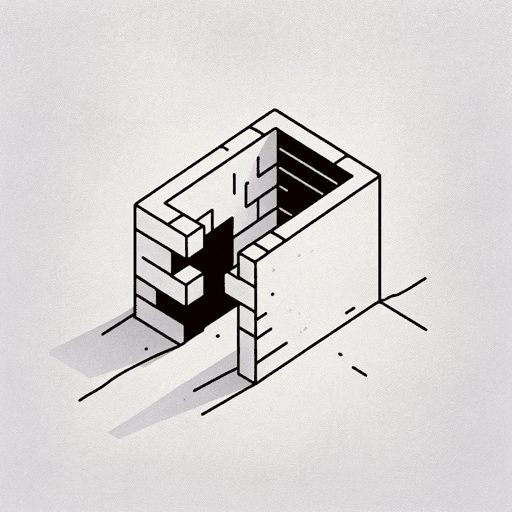
The Cask of Amontillado
Edgar Allan Poe
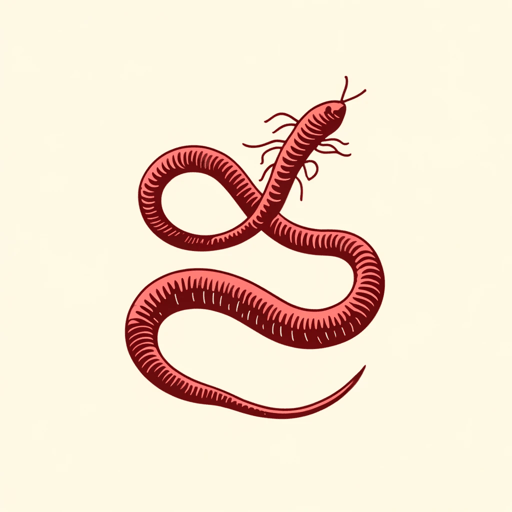
The Conqueror Worm
Edgar Allan Poe
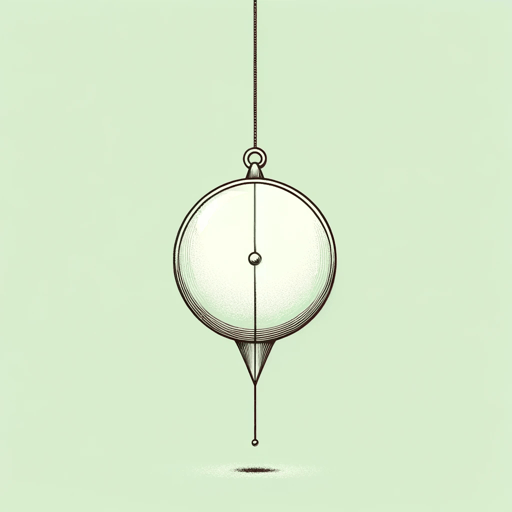
The Facts in the Case of M. Valdemar
Edgar Allan Poe
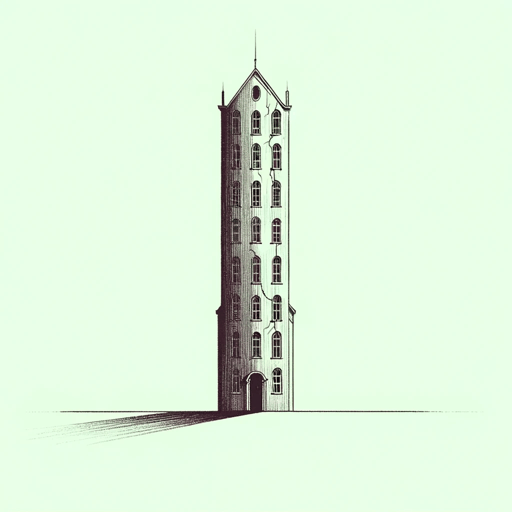
The Fall of the House of Usher
Edgar Allan Poe

The Gold Bug
Edgar Allan Poe
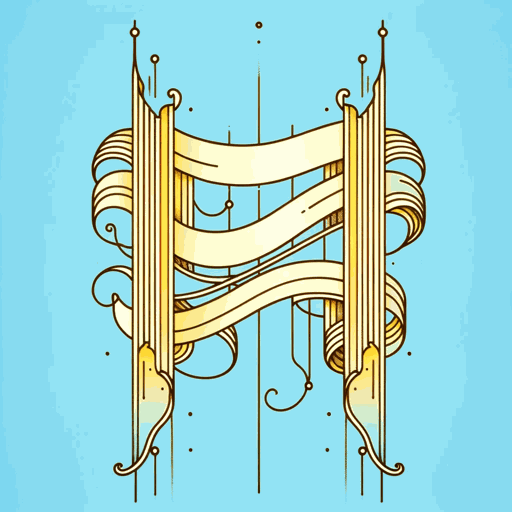
The Haunted Palace
Edgar Allan Poe
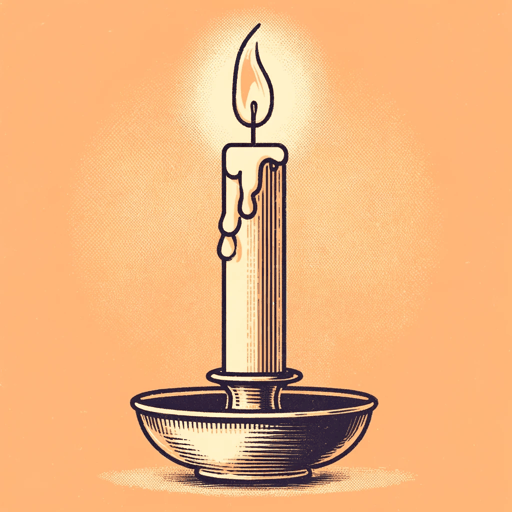
The Imp of the Perverse
Edgar Allan Poe

The Lake
Edgar Allan Poe
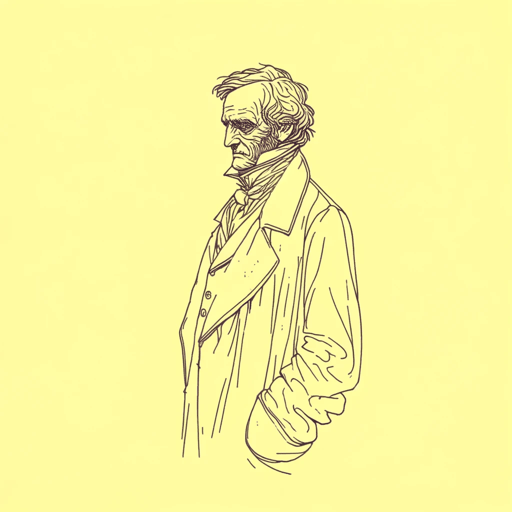
The Man of the Crowd
Edgar Allan Poe

The Masque of the Red Death
Edgar Allan Poe
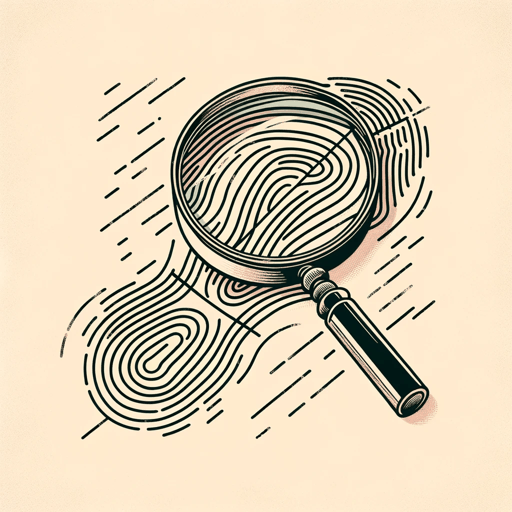
The Murders in the Rue Morgue
Edgar Allan Poe

The Narrative of Arthur Gordon Pym of Nantucket
Edgar Allan Poe

The Oval Portrait
Edgar Allan Poe
